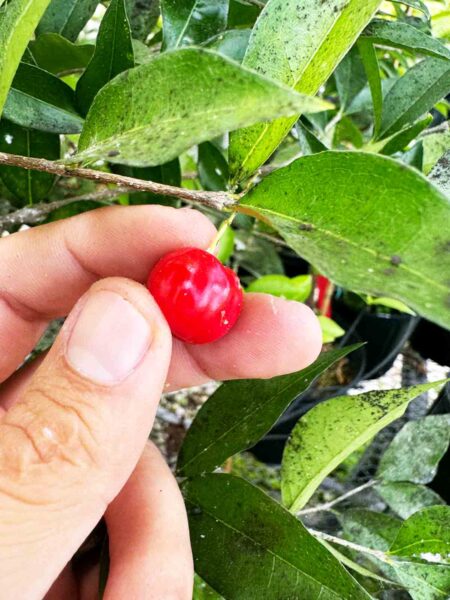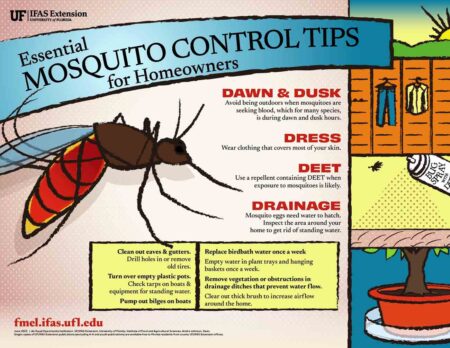The main factor this year that resulted in many citrus fruits in our area having the condition that you’ve described was the extended warm fall weather that we experienced in our area.
Q. We have been successfully growing citrus trees for 10 years. Our fruit production has been excellent until this year. The fruit that should be ripe has mostly changed color to orange but it is almost dried out inside with whitish tissue around each segment making them chewy with too little juice. The trees are quite large with much fruit on both trees. We’ve done nothing different this year in managing the trees. What caused this and what can we do to prevent this next year or on future crops?
A. Citrus fruit drying, or granulation, has been common this year in our area. This condition varies seasonally. It is associated with large or late-bloom, young trees, over-mature fruits, lack of water, excessive tree vigor and extended warm and/or dry fall weather.
The main factor this year that resulted in many citrus fruits in our area having the condition that you’ve described was the extended warm fall weather that we experienced in our area. We had several days of heat advisories this year during late September and unseasonably warm weather extending well into the month of October. This resulted in dry, less sweet citrus fruit.
Large or late-bloom could also be a factor; however, I don’t know if that was the case with your citrus this spring when the trees were in bloom. You can rule out young trees being the cause because your trees are mature trees. You can rule out over-mature fruit as the fruit is just at the stage of being ready to harvest. You can rule out lack of water because we had a wet year with above average rainfall. You can rule out excessive tree vigor since you treated the trees the same as in past years. Too much fertilizer, including fertilizer in nearby lawn areas, can result in excessive tree vigor.
Poor quality citrus fruit is common this year. I have four large, mature satsuma trees. I’m experiencing the same thing with some of my fruit this year. Some of the fruit, growing on the same tree, is good and some is dry, poor quality and less sweet.
Since the main reason for this condition was the extended warm fall temperatures, there really is nothing that we could have done differently to prevent this.
We have one shot at everything working out to have a good crop each year. Hopefully, next year will be better.
See section on “Premature fruit drying (granulation)” in the UF/IFAS Extension publication, “Citrus Problems in the Home Landscape.” Here is a link for this publication. https://edis.ifas.ufl.edu/hs141
Larry Williams is the Extension horticulture agent with the Okaloosa County Cooperative Extension Service, University of Florida. Contact Larry at 689-5850 or email lwilliams@myokaloosa.com.






